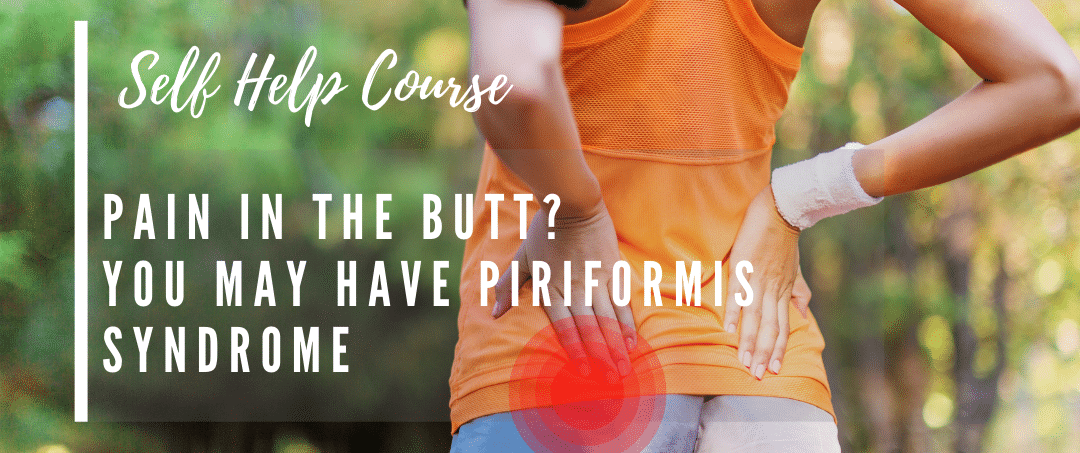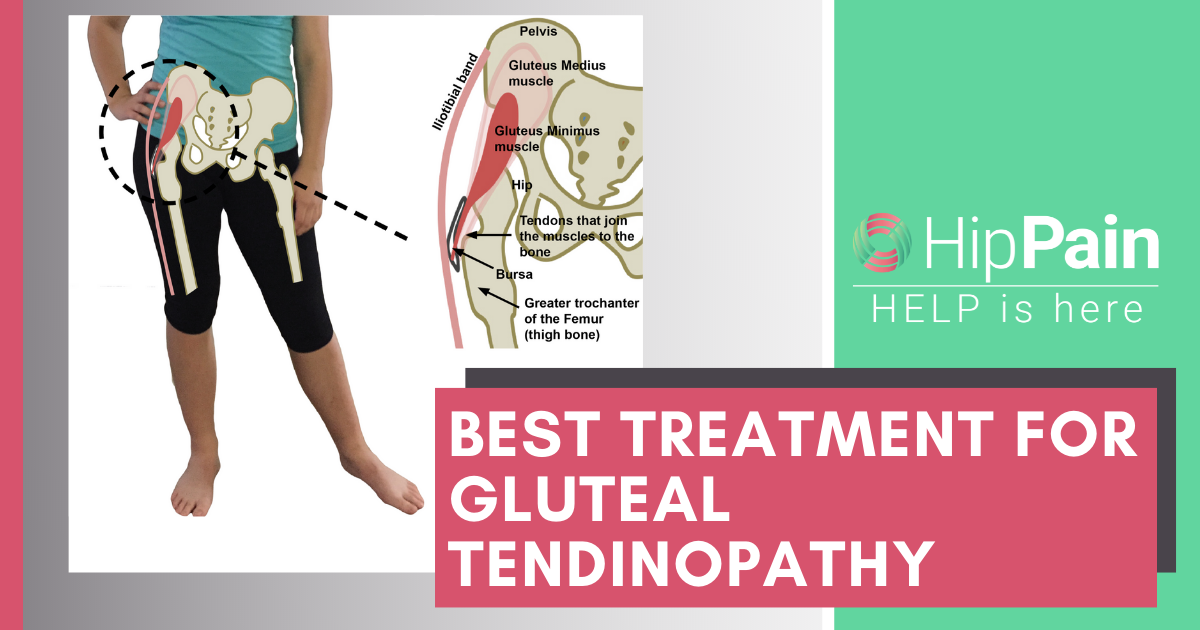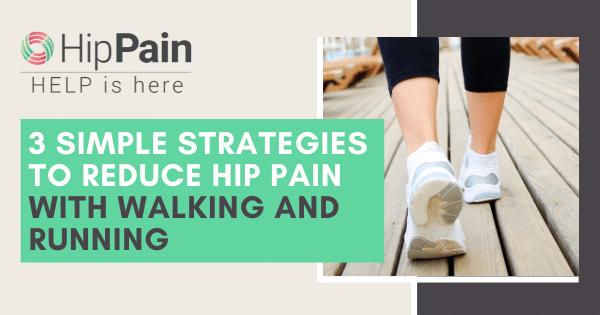
What exactly does good nutrition look like for tendon health? What foods are good for tendinopathy? Could poor nutrition accelerate the ageing process in your tendons? And what are some of the problems that endanger your tendons that nutrition can address?
Could Good or Bad Nutrition, Your Diet, Affect Tendinopathy
Good nutrition: everyone knows it’s a foundation for healthy growth and development in kids. (It’s at least one kernel of truth in the cereal ads!) But what about in us adults? If you’re no longer growing, is nutrition still that important for your muscles, joints and tendons? What about, for example, if you’ve been diagnosed with tendinopathy? Could diet affect tendinopathy?
The adult version of growth is REPAIR AND REGENERATION. Living tissue is constantly turning over and repairing itself. This repair process may be slower in tissues like tendons, which have less blood supply than muscles, but nutrition is still very important.
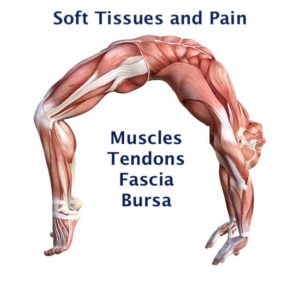
Befriendin’ the Tendon
To learn and understand how potentially could diet affect tendinopathy, we need to know what components tendons need for good health? They need good circulation, the right loading, the right signals for repair and good clean-up mechanisms. Let’s look at these one by one: what they are, how problems occur, and how nutrition helps.
Good Circulation
By their nature, tendons don’t get as much blood flow as muscles do. This means they repair and regenerate more slowly than muscles. So when their already-lower circulation is reduced, it puts the brakes on the healing process. We can see this in people with intermittent claudication, a symptom of severe leg pain because of peripheral vascular disease (PVD). PVD compromises blood flow in the lower legs. Research shows that people with PVD have Achilles tendons that are less efficient in transferring load; that is, doing their main job! It seems that poor circulation can really be a tendon’s Achilles heel!
Peripheral vascular disease resulting in poor circulation is heavily promoted by problems with the diet. Habitual dietary choices represent one of the most potent weapons against the development of peripheral vascular disease, as discussed in this review. This is where you can use nutrition to help. Does diet affect tendinopathy – eating foods to help circulation may well also be beneficial to your tendons.

Right Loading
Tendons were born to be loaded; they love it! The right amount of loading, or work for your tendons, keeps them strong, yet elastic. Overload, however, is a problem. Overload can happen from excess activity for the tendon’s capability (an over-enthusiastic beginning to a running program, for example). It can also happen from poor biomechanics, exactly what your physio can help with. But overload can also happen from too much weight on the tendons from obesity or even overweight. Overviews of the research are pretty clear: obesity is a risk factor for tendinopathy. In fact, a recent research review found that obesity was associated with rotator cuff tendinopathy, medial epicondylitis (tennis elbow), and Achilles tendinopathy. What’s more, obesity was linked with increased risk of supraspinatus tear, and also tendon rupture that required surgery!
A healthy diet plays a key role in avoiding obesity, defined as a BMI (body mass index) of at least 30. To state the obvious, it is also a key tool in weight reduction. Does diet affect tendinopathy? Well, you sure can use it to reduce your weight – so that will then be of benefit to your tendons.
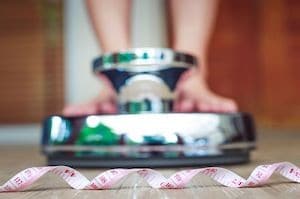
Right Signals
All body tissues, including tendons, are under the direction of body systems that provide them with signals to tell them what to do. These signals – hormones, neurotransmitters and other chemical signals – affect the turnover of tendon cells (the so-called remodeling of the tendon). Certain chemical signals promote inflammation and breakdown, and other signals foster the rebuilding process. A certain amount of inflammation is required for tendon remodeling, but too much causes an imbalance between breakdown and regeneration. Think of it like a renovation: you need to tear down some walls to rebuild the house, but if the rate of demolition exceeds that of the rebuild, you’ve got a massive mess on your hands. Plenty of noise and action, but not enough of the right kind!
Nutrients are critical to this signaling process. Some of them, like vitamin D, are signals in themselves. Some of them promote specific inflammatory or anti-inflammatory signals, such as essential fatty acids. Some of them are raw materials for rebuilding, like protein. Some are not the raw materials themselves but act as cofactors or helpers in building tissue (like copper and manganese). And yet others influence signals by how much they’re eaten: for example, a diet that promotes high blood glucose levels over time can impair the function of a major signal, insulin. This is yet another example of how potentially diet affects tendinopathy.
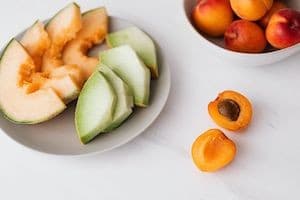
Good Clean Up
The normal state of tendons “going about their daily business” – results in oxidative stress. Oxidative stress is the production of “mess” that can damage the tendon cell and promote its destruction (read more here). Healthy cells deal well with this “mess”. If it’s excessive (e.g. due to excess exercise, cortisone injections, anabolic steroids or fluoroquinolone antibiotics) or it’s dealt with too slowly (due to a lack of antioxidants in the cell) it’s harder for the cell to cope. Nutrient availability is a major influence on antioxidant activity, and therefore oxidative stress. Back to that renovation analogy… It’s impossible to renovate without creating some mess – the clean-up is part and parcel of building something new! But if there is too much destruction and not enough helpers, you can’t keep up – it’s a demolition zone. Unless you get more hands on deck to clean up the mess, you’re going to have an increasing problem on your hands, and you won’t have the energy or resources to keep the building going. This is how it works in your tendons, too. The helpers in tissue turnover are chemicals called antioxidants. Most antioxidants come from the diet, and the amount of antioxidants is closely linked with the quality of your diet: another way diet affects tendinopathy.
So to summarise: what are our nutritional strategies against tendinopathy – how could diet affect tendinopathy beneficially?

Diet could help affect tendinopathy by:
- Helping to promote good circulation.
- Reducing weight if needed and then maintaining a healthy weight.
- Helping to provide the body with the right signals to know what to do by
- Providing enough protein for your needs.
- Potentially placing special focus on foods rich in zinc, copper, manganese, vitamin C and B vitamins.
- Helping to maintain good vitamin D levels.
- Ensuring a high intake of antioxidants to help your body “clean up”.
Nutrition might be an important component of a holistic management program for tendinopathy, which usually also includes education on achieving healthy loading for the tendon and a specific exercise program.
This article was written as a guest blog by one of our Hip Pain Professionals Alyssa Tait. Check out more about Alyssa and how you can contact her here.
Alyssa will be writing more about nutrition and Tendinopathy on her website in the future.

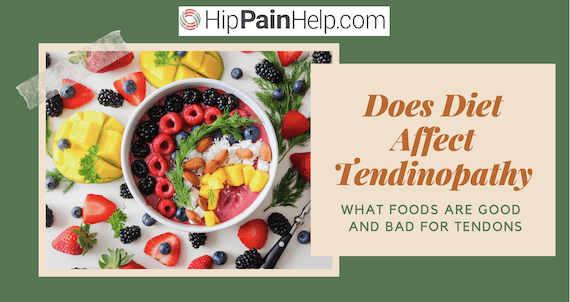
Search For A Hip Pain Professional Here.
Visit our Pain Locator Map to learn more about tendon or other soft tissue related pain in different regions around the hip and pelvis, or other causes of groin pain.

